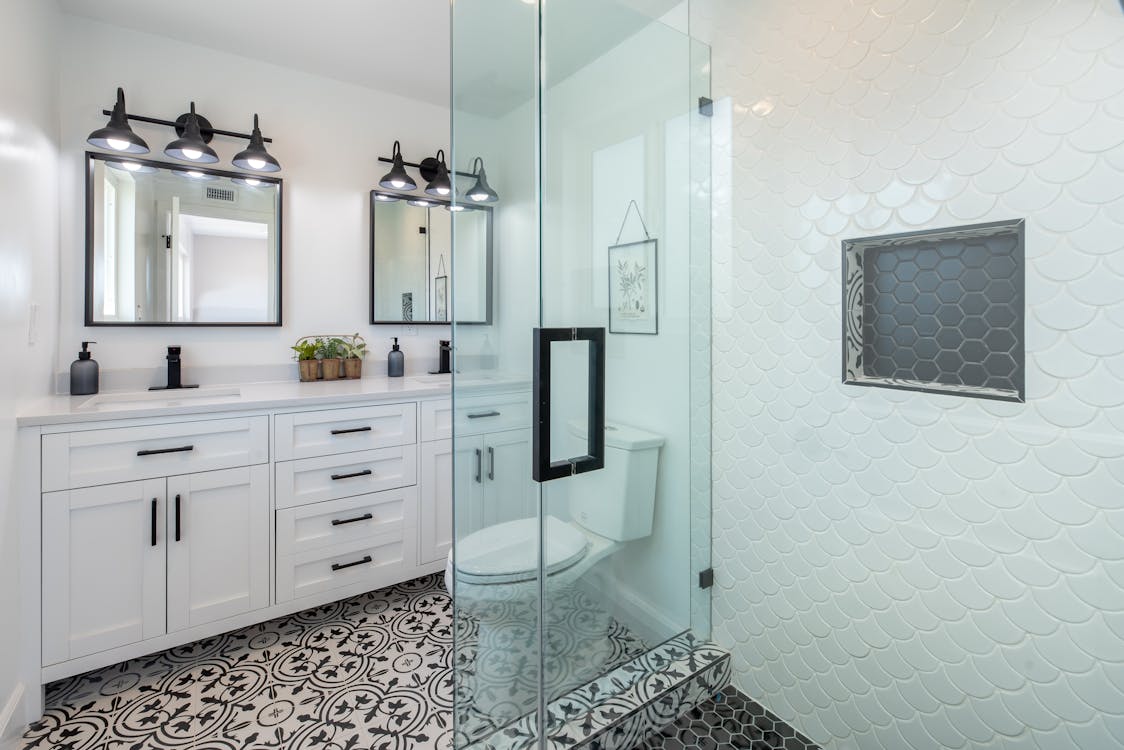
When it comes to crafting cabinets, a fundamental question arises: What size plywood for cabinets should be used? This query is of utmost importance as the choice of plywood size significantly influences the structural integrity, aesthetics, and overall quality of your cabinets. In this comprehensive guide, we will delve into the various aspects of selecting the appropriate plywood size for cabinets. By exploring factors such as cabinet dimensions, plywood thickness, and design considerations, you’ll be equipped to make informed decisions that ensure your cabinets are both functional and visually appealing.
Embarking on a cabinet-making journey is an exciting endeavor, and one of the key decisions you’ll face is determining what size plywood for cabinets is the most suitable. The dimensions of the plywood you choose lay the foundation for your cabinets’ success, influencing both their functionality and visual appeal.

Finding the Perfect Fit: What Size Plywood for Cabinets You Need
When it comes to crafting cabinets that strike the perfect balance between functionality and aesthetics, the question that often arises is What Size Plywood for Cabinets should be chosen. The answer to this question plays a pivotal role in determining the structural integrity, visual appeal, and overall quality of the cabinets. Let’s explore the key considerations that guide the selection of Plywood Size for Cabinets:
Factors Influencing Plywood Size for Cabinets
- Cabinet Dimensions: The dimensions of the cabinets directly impact the choice of Plywood Size for Cabinets. Whether you’re working on compact wall cabinets or spacious base cabinets, ensuring that the selected plywood size aligns with the cabinet dimensions is crucial for a seamless fit.
- Functional Requirements: Understanding the purpose of the cabinets is essential in determining What Size Plywood for Cabinets is optimal. Cabinets meant for heavier items or high storage volumes might require thicker plywood to maintain their structural integrity over time.
- Design and Aesthetics: The design elements and aesthetics of the cabinets play a significant role in Plywood Size for Cabinets selection. Cabinets with intricate designs or unique features might necessitate specific plywood sizes to accommodate these design aspects.
By thoughtfully considering these factors, you can confidently decide What Size Plywood for Cabinets aligns best with your project’s requirements. This decision ensures that your cabinets not only serve their functional purpose but also enhance the visual appeal of the space they inhabit.
Why the Choice of Plywood Size Matters
Selecting the appropriate plywood size holds the power to make or break your cabinet project. Incorrect sizing can result in ill-fitting components, compromised structural integrity, and an overall lack of cohesiveness in your design. On the other hand, choosing the right plywood size for cabinets leads to cabinets that not only serve their purpose efficiently but also contribute to the aesthetic charm of your space. Additionally, optimal plywood sizing minimizes material wastage, promoting cost-effectiveness and environmental responsibility.
Standard Plywood Dimensions for Cabinets
Plywood sheets are commonly available in the standard dimensions of 4×8 feet. This measurement serves as a practical starting point for your cabinet planning and design. While other variations, such as 2×2 feet and 4×4 feet, exist, the 4×8 feet size is widely preferred in cabinet construction due to its versatility and ease of use.
Selecting the Right Plywood Thickness
The thickness of the plywood you choose should align with the type of cabinet you are creating and its intended purpose. In many cases, cabinets benefit from using ¾-inch plywood for both the cabinet carcass and doors. However, certain scenarios may necessitate thicker plywood to accommodate heavier loads or specific requirements.
Matching Plywood Size to Different Cabinet Types
Distinct types of cabinets call for varying plywood sizing:
The Significance for Base Cabinets
For base cabinets that bear the weight of countertops and substantial items, the optimal choice is often ¾-inch thick plywood. This ensures the necessary strength and stability for these foundational cabinets.
Exploring Wall Cabinets
Wall cabinets, which carry lighter loads, can be constructed using slightly thinner plywood, typically ranging from ½-inch to ⅝-inch in thickness. This choice not only reduces cabinet weight but also maintains structural integrity.
Special Considerations for Tall Cabinets
Tall cabinets, such as pantry or utility cabinets, may benefit from thicker plywood to support the additional weight they might carry. In such cases, ¾-inch plywood is often recommended for ensuring the cabinet’s longevity and stability.
Optimal Plywood Grades for Cabinet Excellence
When choosing plywood for cabinets, the grade of the plywood is a critical factor. Higher-grade plywood, such as Grade A, is ideal for visible parts of the cabinet like doors, where aesthetics play a significant role.
Plywood Size in Relation to Joinery Techniques
The joinery techniques you employ can influence the choice of plywood size. Techniques such as dovetail or dado joints may require specific plywood thicknesses to ensure secure and seamless connections between cabinet components.

Plywood Thickness for Cabinets: Choosing the Right Strength and Stability
When it comes to creating cabinets that are both durable and visually pleasing, one of the critical considerations is Plywood Thickness for Cabinets. The thickness of the plywood used plays a pivotal role in determining the strength, stability, and overall quality of the cabinets. Let’s delve into the factors that influence the selection of Plywood Thickness for Cabinets:
Factors Affecting Plywood Thickness for Cabinets
- Load-Bearing Capacity: The weight that the cabinets will bear is a primary factor in determining the appropriate Plywood Thickness for Cabinets. Cabinets intended for heavy items or appliances may require thicker plywood to ensure they can support the load effectively.
- Cabinet Type: Different cabinet types have varying requirements for Plywood Thickness for Cabinets. Base cabinets that carry countertops and heavier loads might demand thicker plywood, while wall cabinets designed for lighter items may be fine with a slightly thinner plywood.
- Design Considerations: The overall design of the cabinets also impacts the choice of Plywood Thickness for Cabinets. Cabinets with intricate designs, complex joinery, or unique structural elements might require specific plywood thicknesses to maintain their form and function.
- Durability and Longevity: The longevity you expect from the cabinets plays a significant role in determining the Plywood Thickness for Cabinets. Thicker plywood can enhance the cabinets’ lifespan, especially in environments prone to humidity or temperature fluctuations.
By thoughtfully assessing these factors, you can confidently determine the appropriate Plywood Thickness for Cabinets that aligns with your project’s requirements. This decision ensures that your cabinets not only meet their intended purpose but also withstand the test of time.
